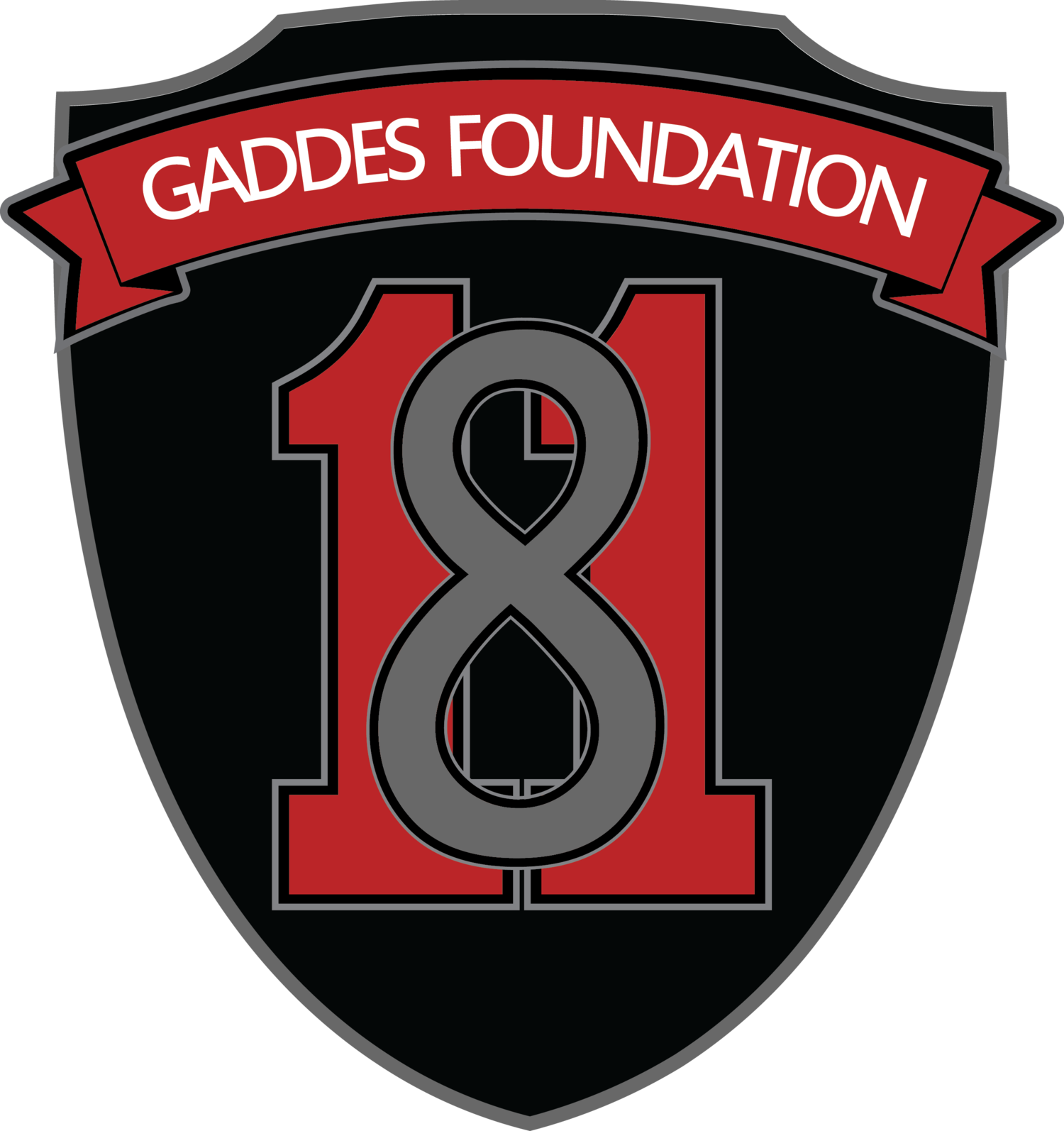By KRYSTA FAURIA - The Associated Press
Since researchers realized that the saltwater in the ocean helps clear out the thick mucus that builds up in patients’ lungs, organizations have started around the world that teach those with the disease how to “hang 10."
SAN CLEMENTE, Calif. — For three of Rob and Paulette Montelone’s five kids, spending the summer surfing is more than just a fun activity. It also could extend their lives.
The Montelone siblings are part of a growing number of people with cystic fibrosis who are taking advantage of the health benefits that come with surfing.
Since researchers realized that the saltwater in the ocean helps clear out the thick mucus that builds up in patients’ lungs, organizations have started around the world that teach those with the disease how to “hang 10.’
“We have found the silver lining to it all, and that has been through surfing,” Paulette Montelone said on a recent summer day while her five children were out in the water at San Onofre State Beach in Southern California. “It’s helping them breathe better ... but it’s also helping us, as a family, enjoy something together.”
The average life span for someone with cystic fibrosis is about 40, but many patients don’t make it past their teens. The genetic condition, which must be inherited from both parents, affects 70,000 people worldwide.
There is no known cure, but about a decade ago doctors in Australia noticed that patients who surfed seemed to breathe easier. Subsequent studies resulted in new saline treatments for patients in 2006 based on the saltwater discovery.
“They saw a big difference in a lot of things: in pulmonary function, in need for hospitalization, in how well they felt,” said Dr. Bruce Nickerson, a pulmonary specialist at the Children’s Hospital of Orange County.
The discovery also led to the development of organizations like the Mauli Ola Foundation, which means “breath of life” in Hawaiian. The organization pairs patients with professional surfers, including Kelly Slater and Sunny Garcia.
The entire Montelone clan, who said they have no family history of the disease, found Mauli Ola a year after three of the kids were diagnosed. They learned to surf — a natural treatment that helps lubricate the patients’ airways.
“They’re spitting up their mucous. I mean I’m out there going, ‘Hey cough it up man. No shame,’ ” said Josh Baxter, a world-champion surfer who volunteers with Mauli Ola and regularly surfs with the Montelones.
Known as the “Brady bunch” of the cystic-fibrosis world, the Montelones have a 12-year-old son, Michael, and two sets of twins — Grace and Gavin, 8, and Brooke and Brian, 10.
In 2008, Gavin tested positive for the disease after being taken to a specialist for persistent sinus problems. After Gavin’s diagnosis, the Montelones had all of their children tested and learned that Brooke and Michael also had it.
“The people who told us were so serious about it. They talked about children that pass away and the seriousness and it was a huge, frightening kick in the gut,” Paulette Montelone said. “Our life from that moment forward would never really be the same.”
Between Michael, Brooke and Gavin — or as the family calls them, “the CF-ers” — the family visits the doctor at least once a month with appointments that last up to six hours. In order to be able to do all their treatments and still get to school on time, the kids wake up just after 5 a.m. every day.
During one of their daily treatments, the kids wear a vibrating vest that shakes them to break up the mucus in their lungs while inhaling hypertonic saline.
The family treks from their inland Yorba Linda, Calif., home to the beach at least once a week every summer, often camping at San Onofre State Beach for days at a time. They do their treatments on the beach in between surfing sessions.
The trio teased each other as they sat in the sand and breathed in their treatments through masks strapped to their faces while waves crashed a few feet away.
Gavin wore a T-shirt with the words “Breathe Life” emblazoned across it, a phrase the Montelones refer to as their family motto.
As the oldest of his siblings, Michael seems to be the most aware of the sobering implications of cystic fibrosis.
Every winter, results from his lung-function tests go down by about 5 percent, a cyclical decrease that is a constant and scary reminder of what lies ahead. But every summer, when he gets back in the water, the numbers bounce back, giving his parents a sliver of hope.
“I still fear that, like, I’m gonna die or my brother and sister might,” Michael said. “I know that could happen but I try and put it in the back of my head so that I can keep moving through all the days.”


